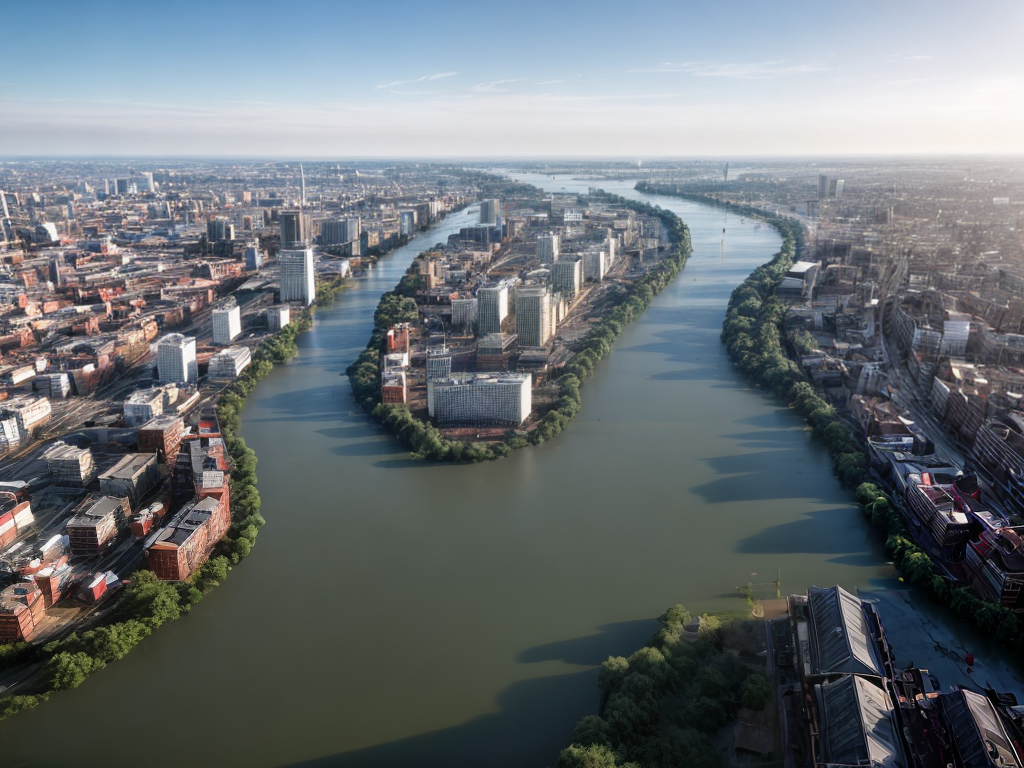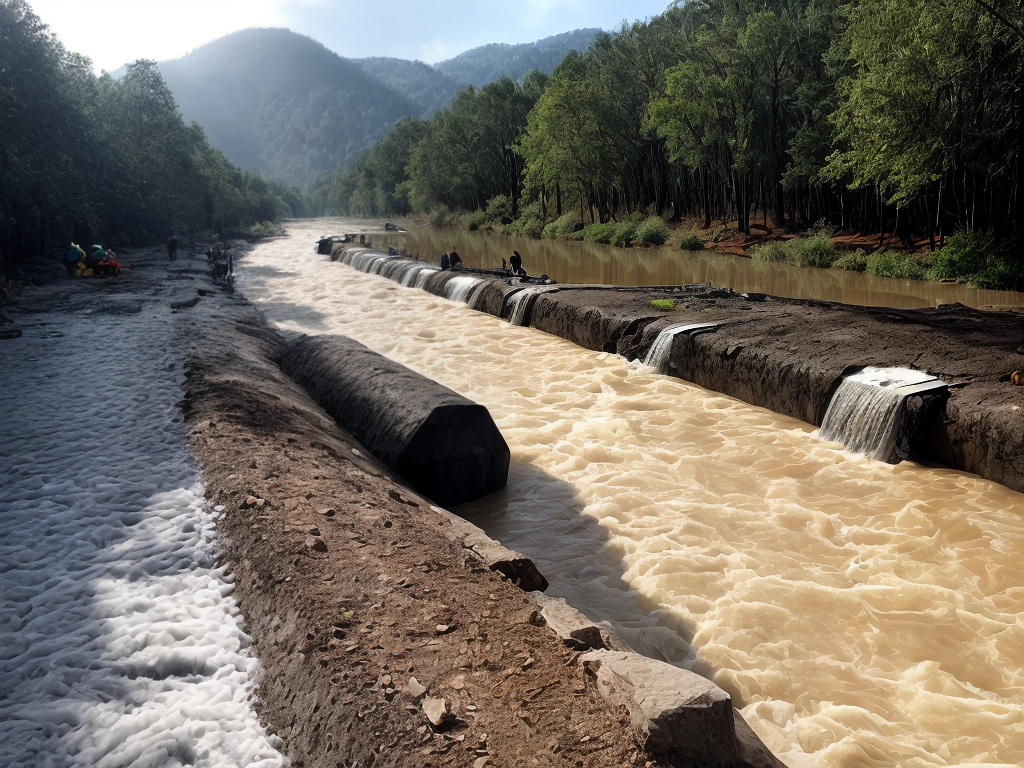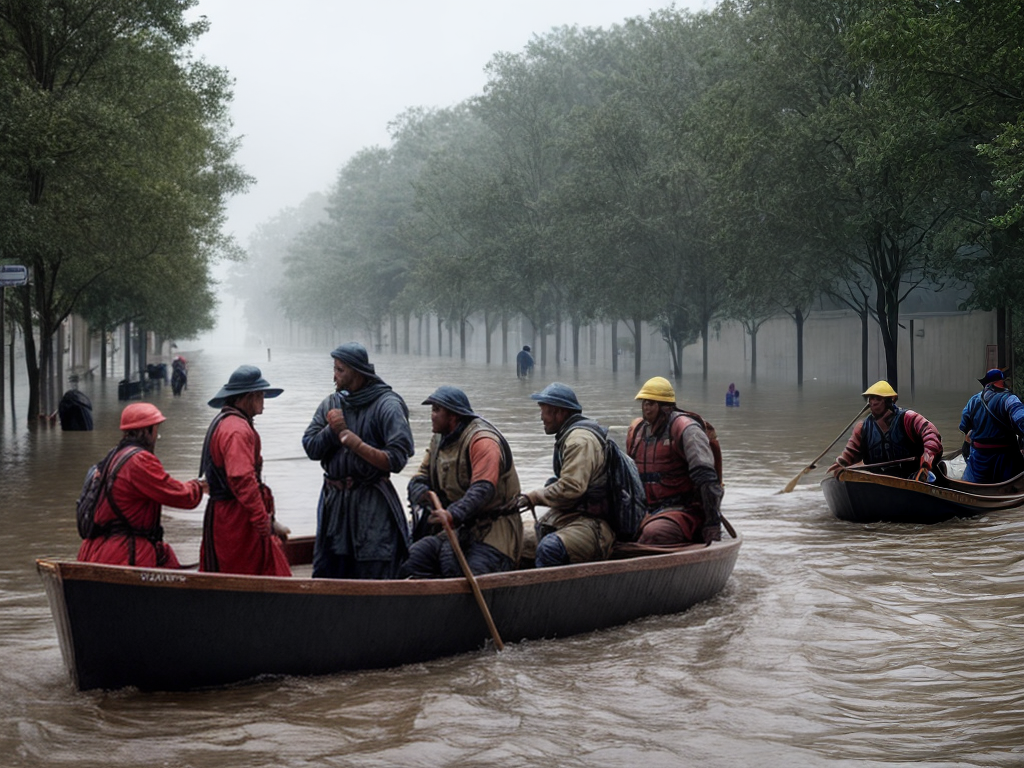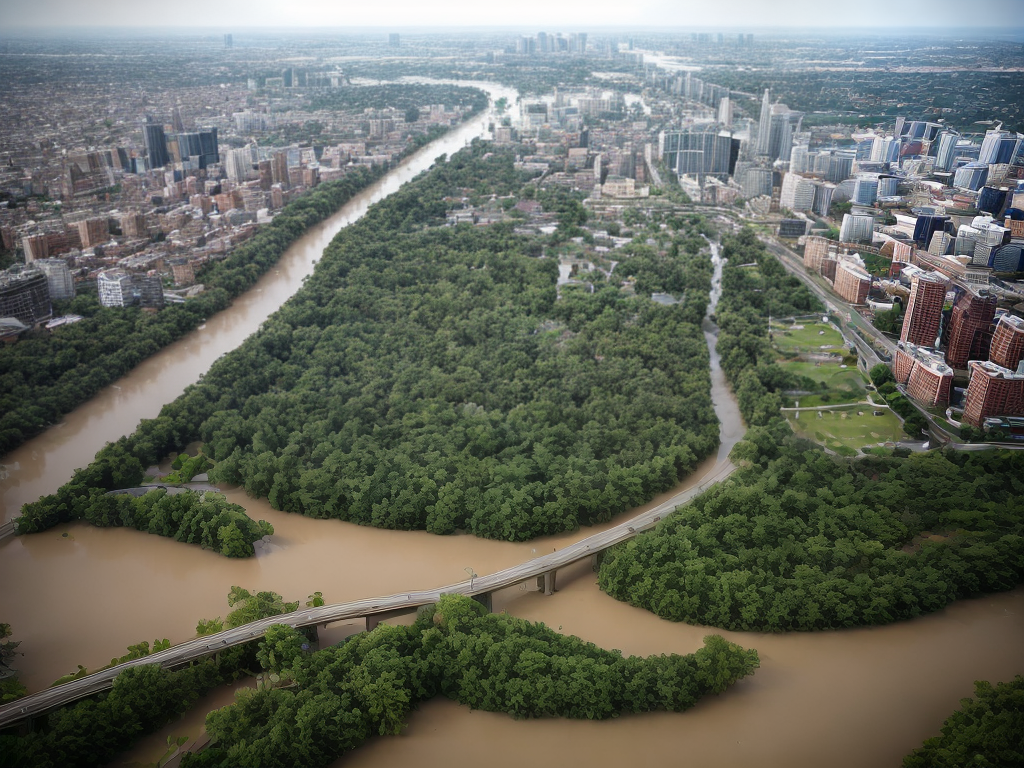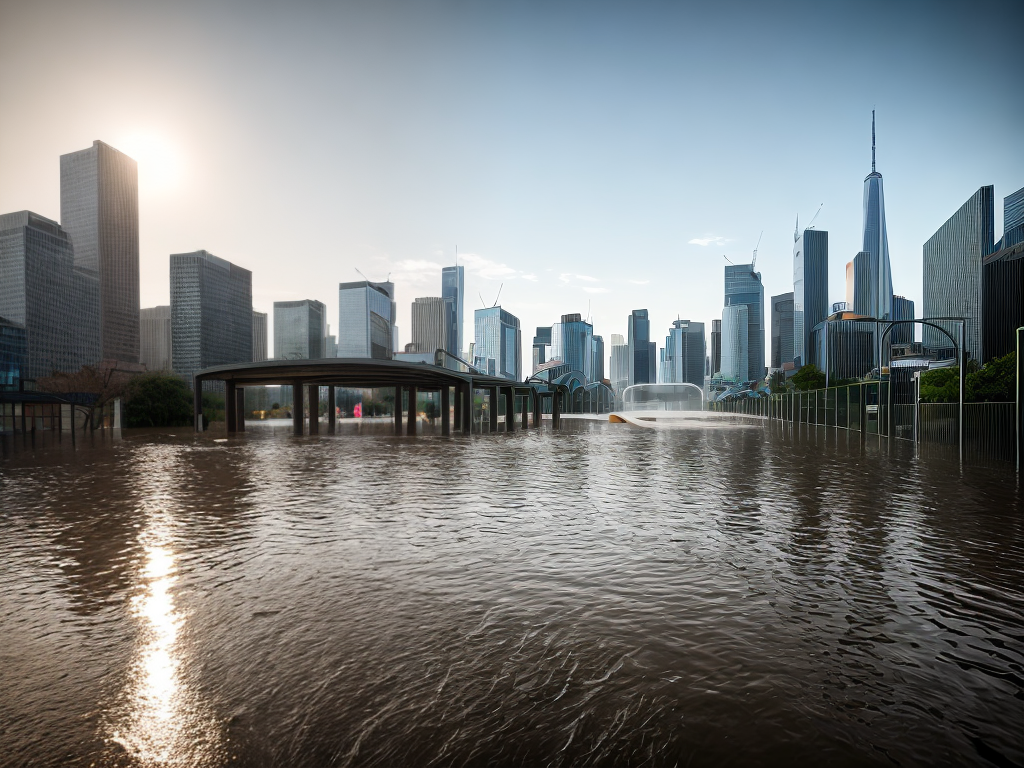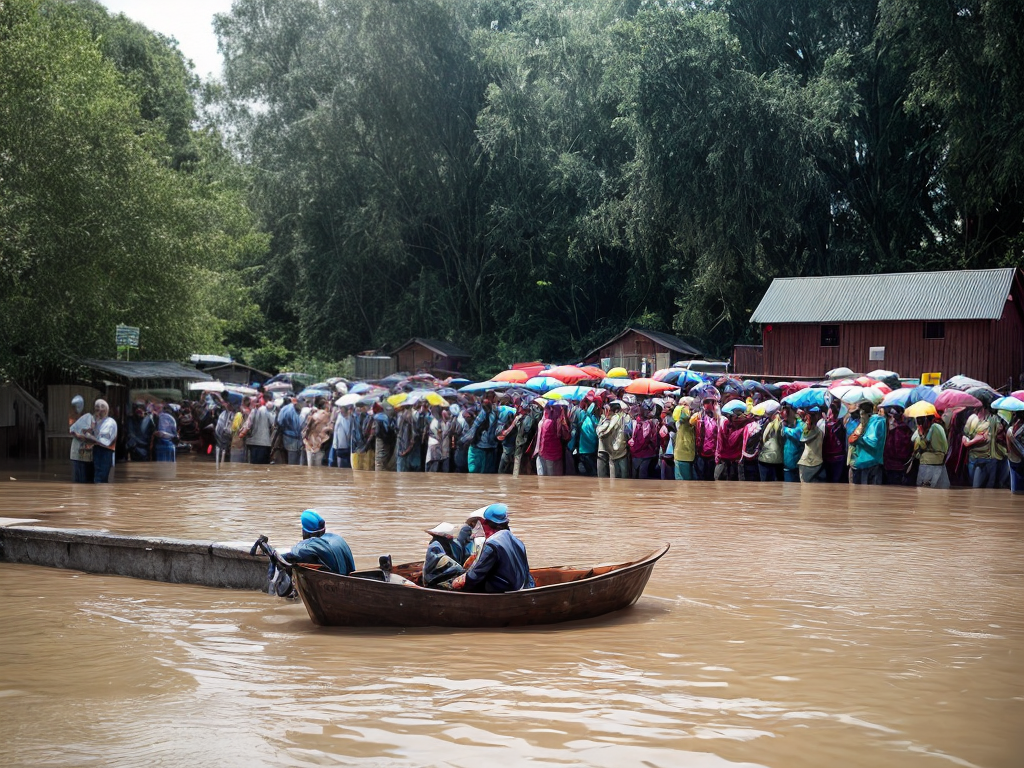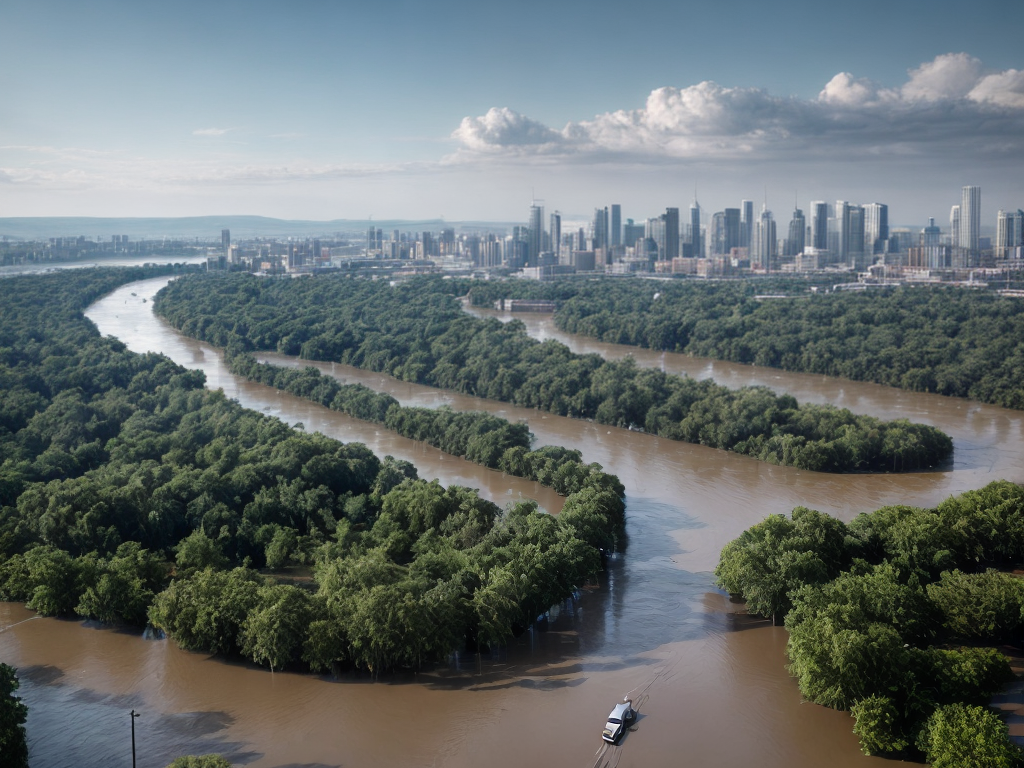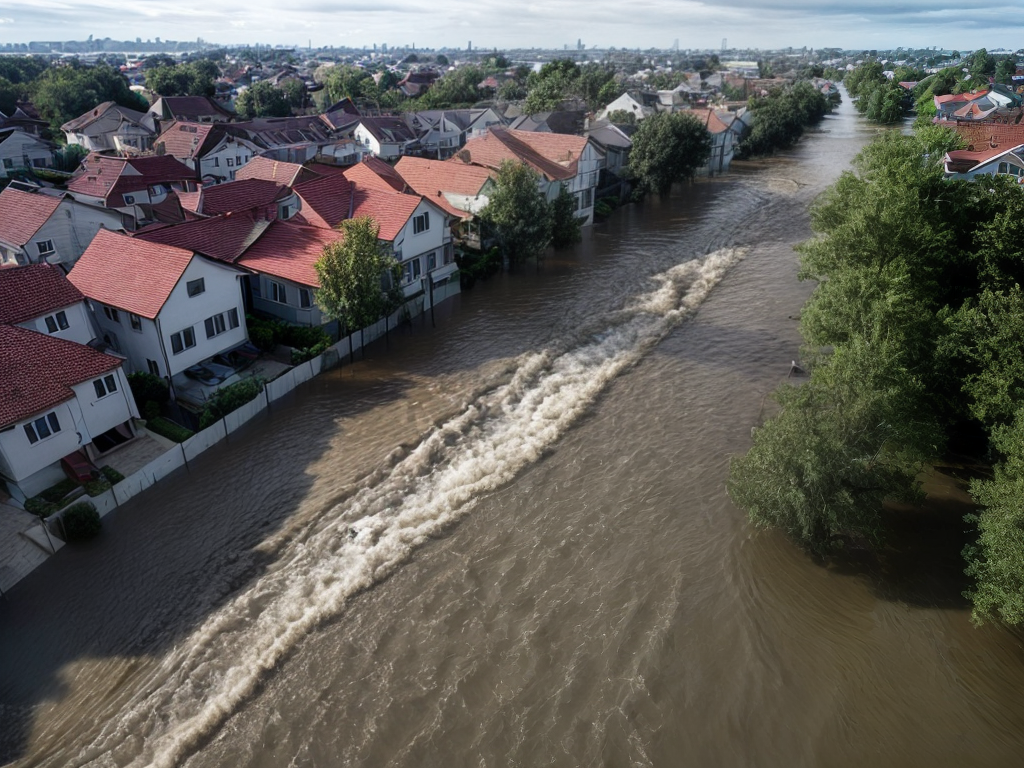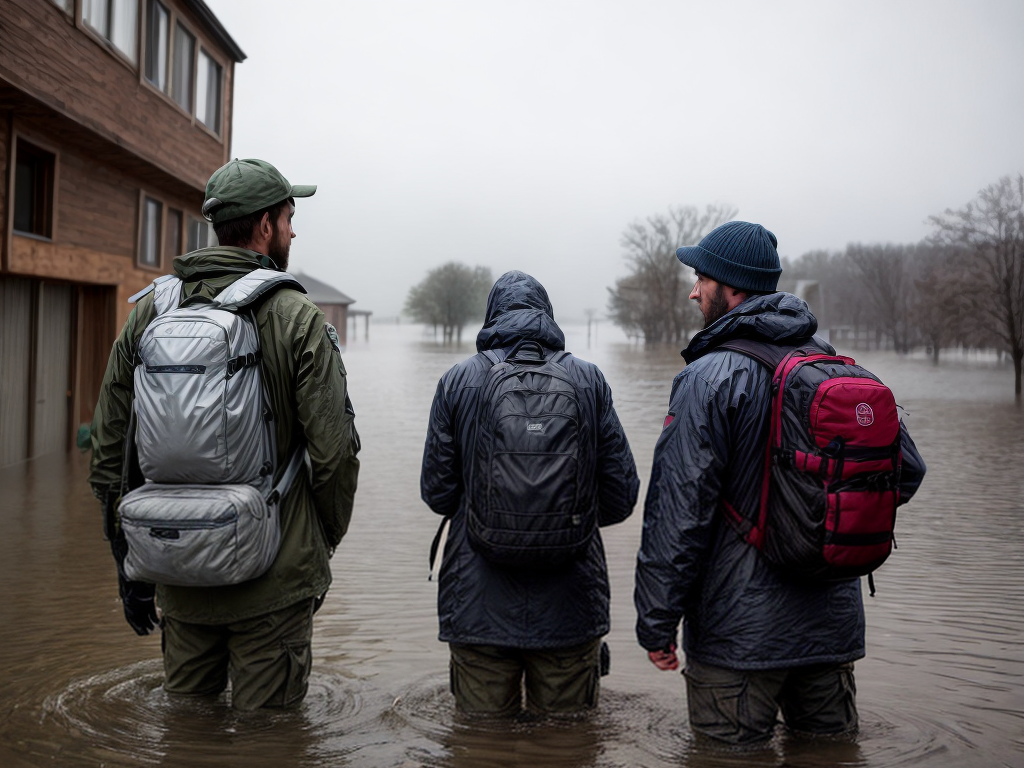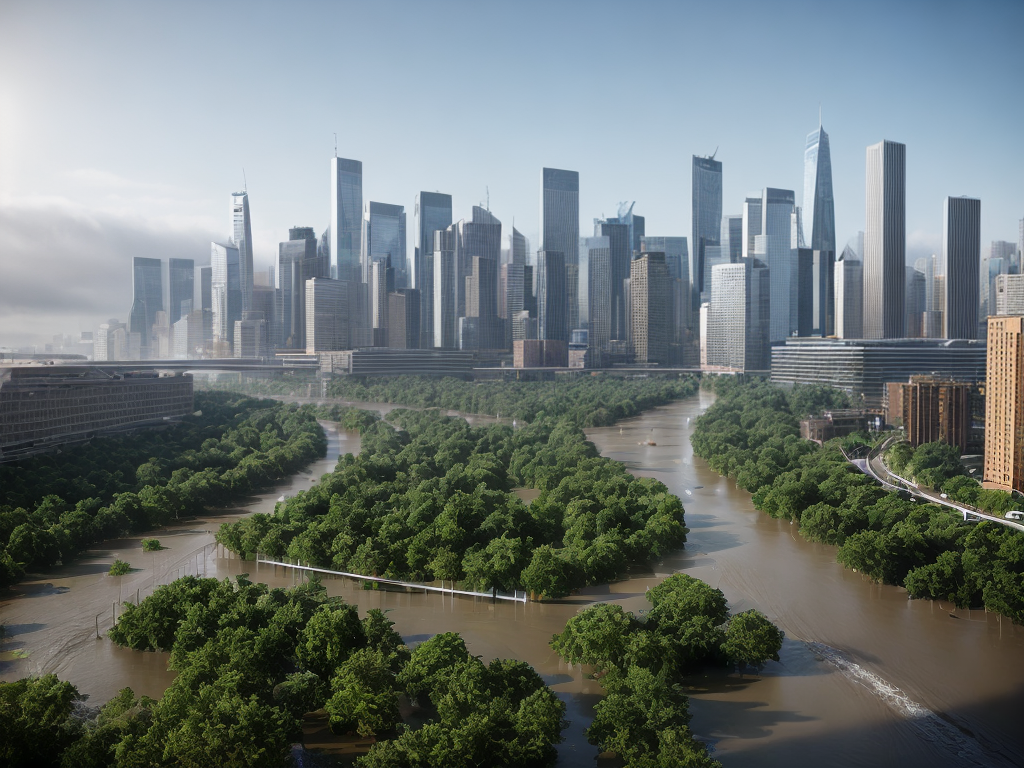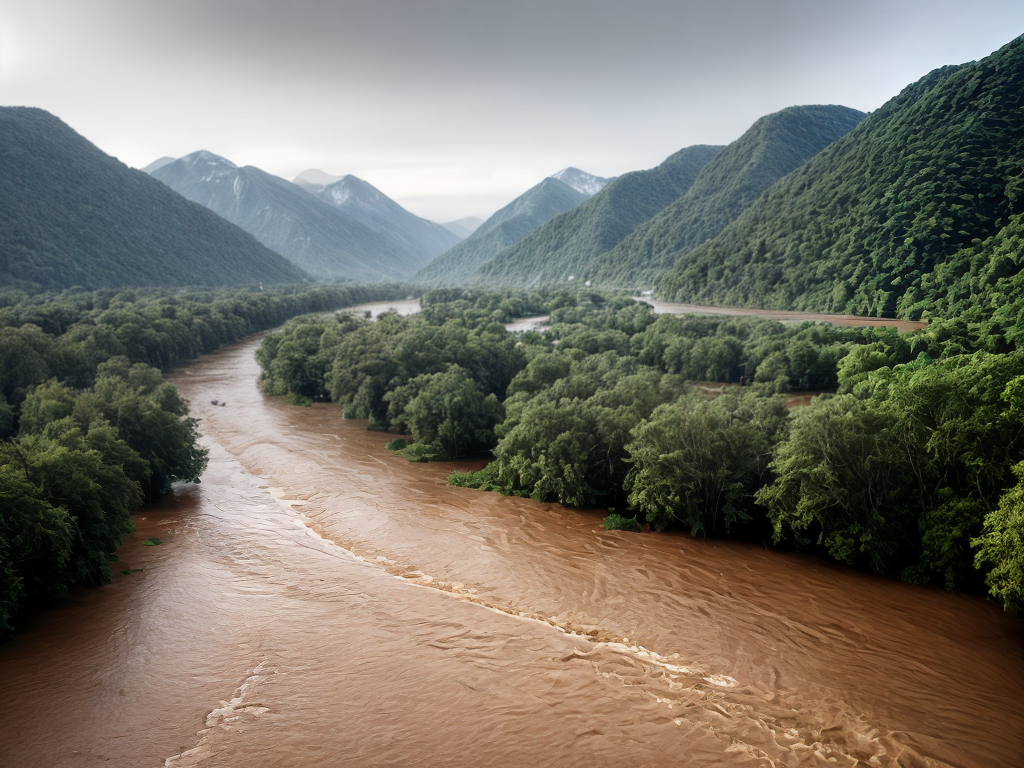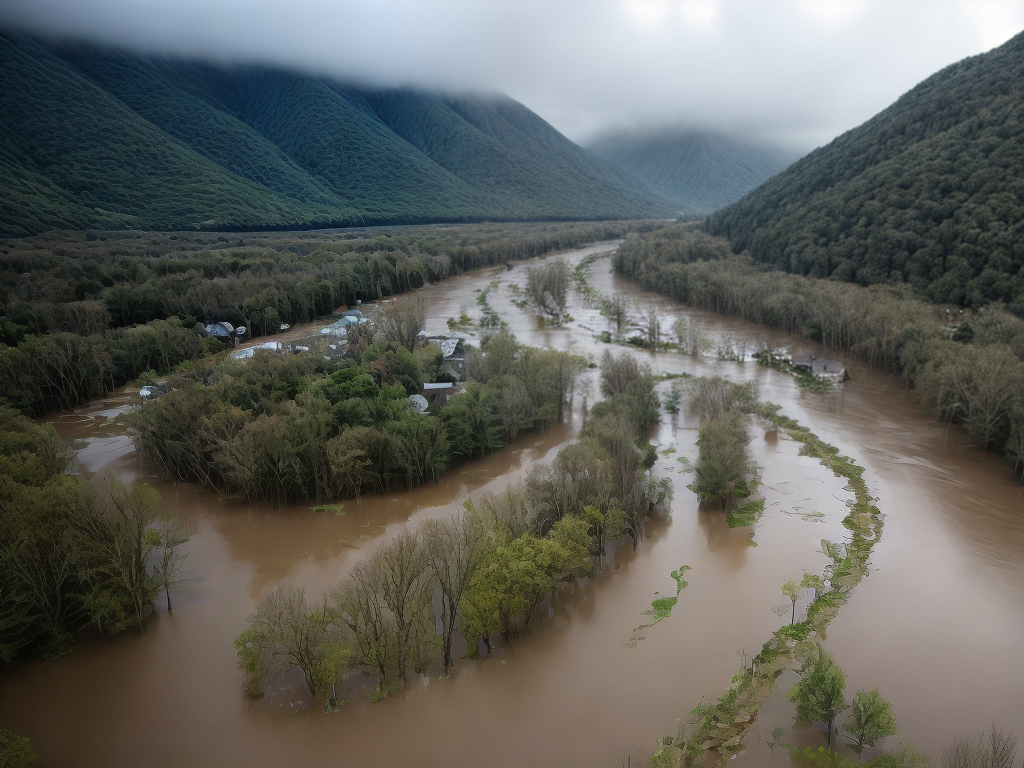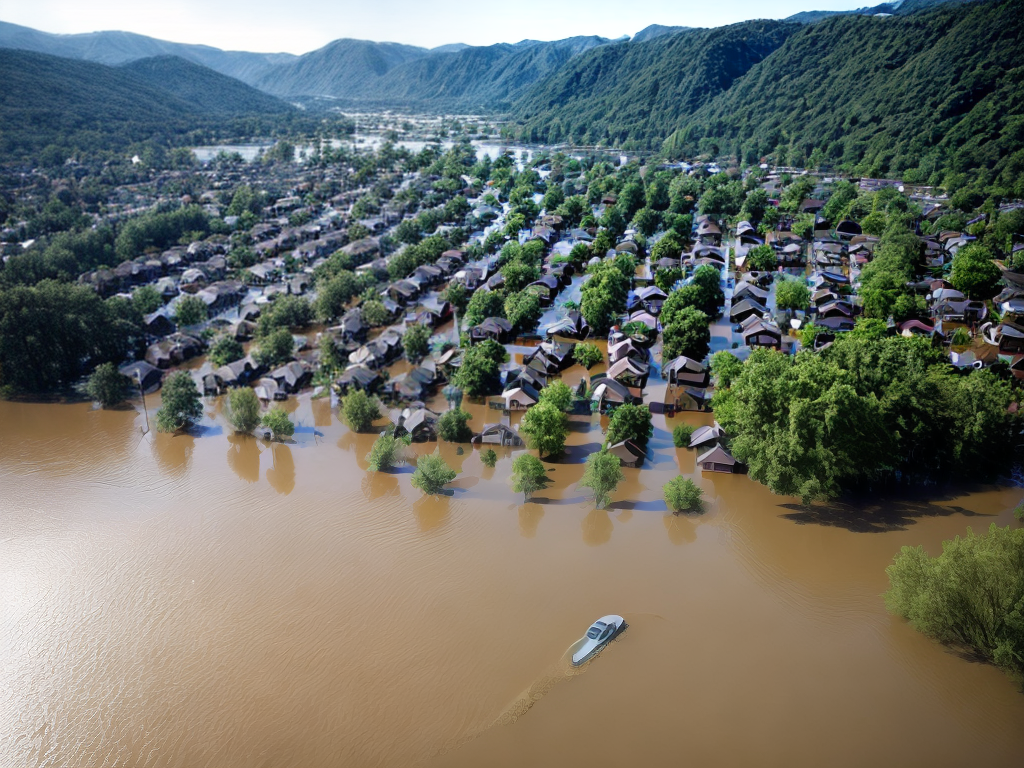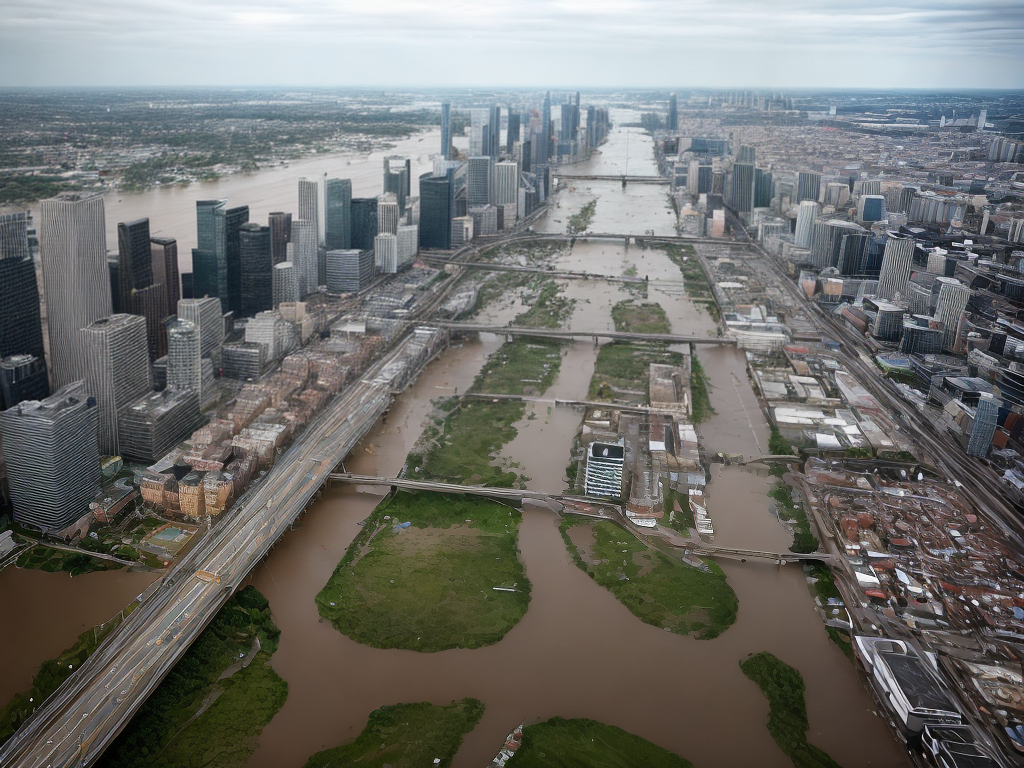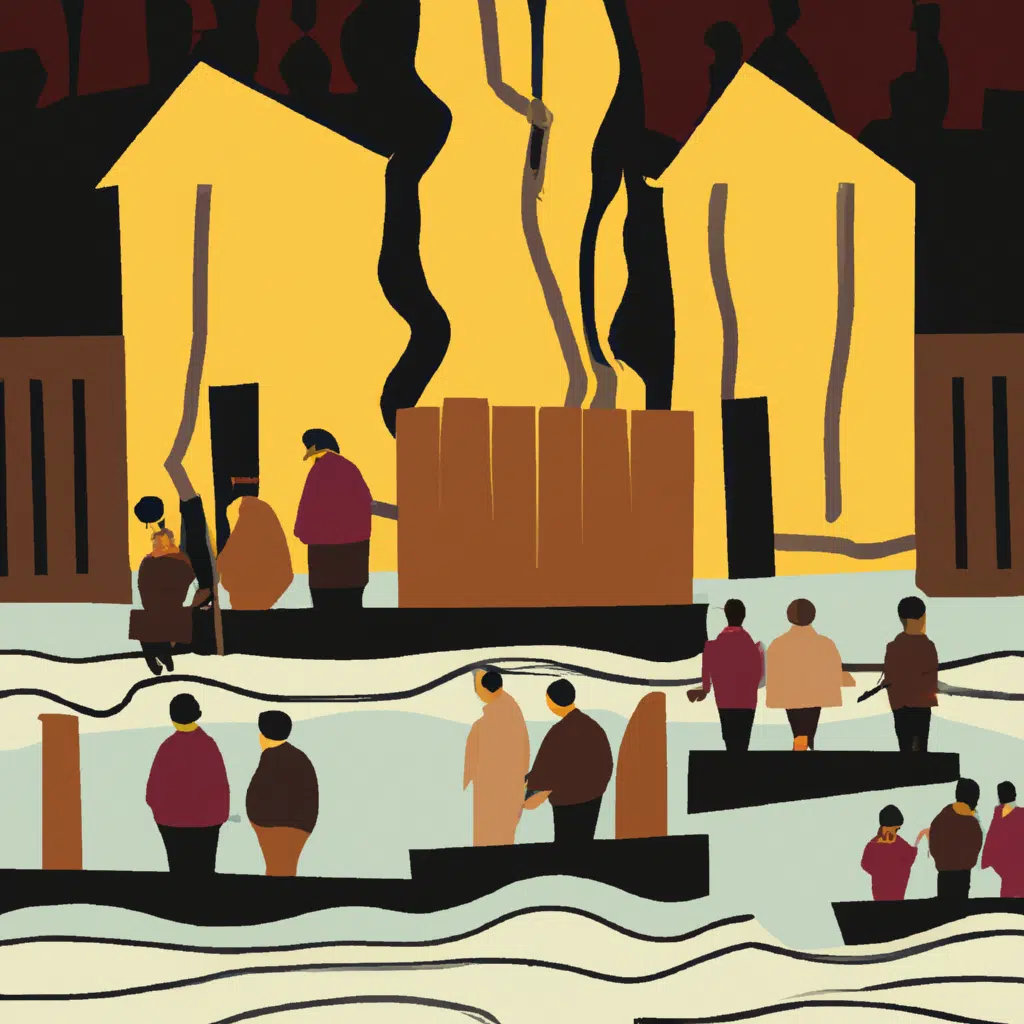
Welcome to our comprehensive guide on the hidden challenges faced when rebuilding a flooded town. In this article, we will delve deep into the intricacies and complexities that arise in the aftermath of a devastating flood. Rebuilding a town after such a catastrophe is no easy task, and it requires careful planning, coordination, and community involvement. Join us as we explore the various aspects that need to be considered, from infrastructure and housing to environmental impact and community resilience.
Understanding the Impact of Flooding
Flooding can cause severe damage to both the physical infrastructure of a town and the emotional well-being of its residents. The first step in rebuilding a flooded town is to assess the extent of the damage and understand the impact it has had on the community. This involves conducting detailed surveys, collecting data, and engaging with affected individuals to gain a comprehensive understanding of their needs.
Assessing Infrastructure Damage
One of the major challenges in rebuilding a flooded town is restoring its infrastructure. Roads, bridges, water supply systems, and electrical networks often suffer significant damage during a flood. It is crucial to conduct thorough inspections to identify areas that require immediate repair or reconstruction. The process involves working closely with civil engineers, architects, and city planners to develop a strategic plan for rebuilding the infrastructure to better withstand future floods.
Housing Rehabilitation and Resettlement
The displacement of residents due to flooding is a pressing issue that needs to be addressed promptly. Providing temporary shelter for those affected is essential, but the focus should be on long-term solutions such as housing rehabilitation and resettlement. This entails repairing damaged homes, constructing new housing units, and ensuring that they are built in safe and flood-resistant locations. Collaboration between government agencies, NGOs, and the affected community is vital to ensure the success of such initiatives.
Environmental Considerations
Floods not only impact human lives and infrastructure but also have a profound effect on the environment. Rebuilding a flooded town requires careful consideration of the ecological balance and the preservation of natural resources. It is important to engage environmental experts and develop sustainable practices that minimize further harm to the ecosystem. This may involve the implementation of green infrastructure, such as rain gardens and permeable pavements, to manage stormwater runoff effectively.
Community Resilience and Emotional Support
Recovering from a flood goes beyond physical reconstruction; it also involves rebuilding the emotional well-being and resilience of the affected community. Traumatic experiences can leave lasting scars, and it is crucial to provide psychological support and counseling services to help individuals cope with the aftermath of the disaster. The community needs to come together, support each other, and actively participate in the decision-making process to ensure a successful rebuilding effort.
Funding and Resource Mobilization
Rebuilding a flooded town requires substantial financial resources and the mobilization of various assets. Securing funding from government bodies, international organizations, and private donors is crucial to cover the costs associated with reconstruction. It is also essential to efficiently manage and allocate resources to ensure that they are effectively utilized. Transparency in financial transactions and resource allocation builds trust and helps garner continued support for the rebuilding efforts.
Conclusion
Rebuilding a flooded town is a complex and challenging endeavor that requires a multidimensional approach. By understanding the impact of flooding, assessing infrastructure damage, prioritizing housing rehabilitation, considering environmental factors, focusing on community resilience, and effectively mobilizing resources, we can overcome the hidden challenges that arise. Together, we can rebuild not just the physical structures but also the spirit of the community, creating a stronger and more resilient town for future generations.
